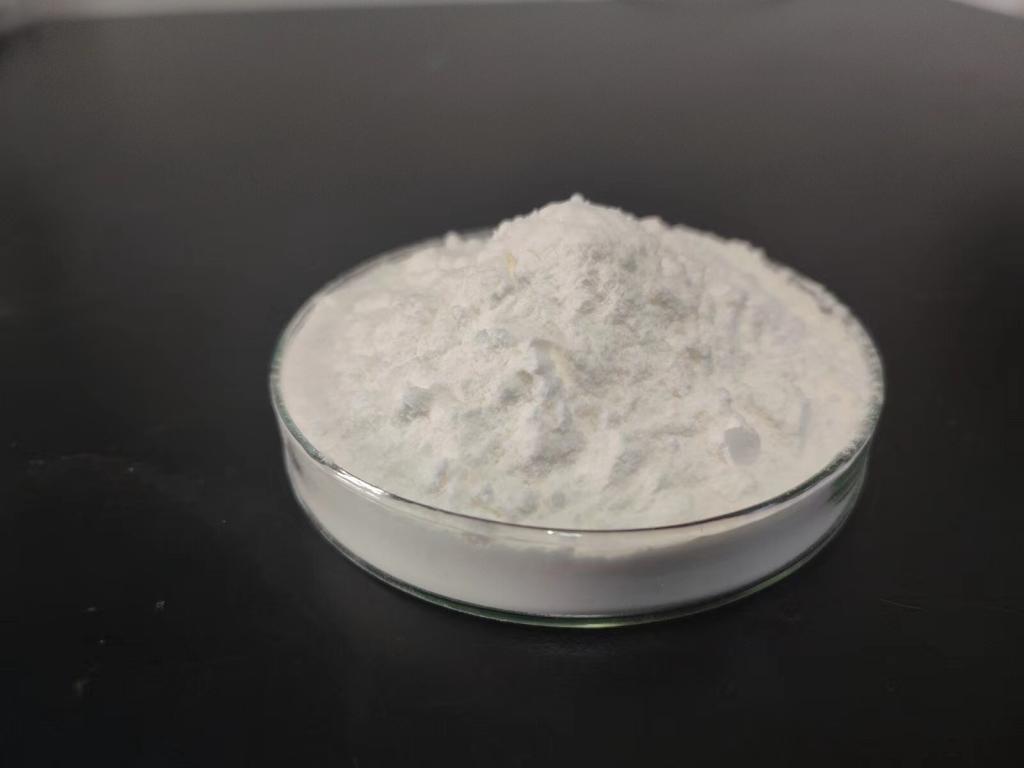Tel:0086 18231198596

News
Current Position:
Home >
News
>The Biomedical Potential of ε-Polylysine Hydrochloride in Tissue Engineering
The Biomedical Potential of ε-Polylysine Hydrochloride in Tissue Engineering
TIME:2024-01-19
I. Overview of ε-Polylysine Hydrochloride:
Structural Characteristics:
ε-Polylysine is a cationic homopolymer composed of lysine units linked through ε-amino groups. The hydrochloride salt form enhances solubility and stability, making it suitable for various biomedical applications.
Antimicrobial Properties:
One of the distinctive features of ε-polylysine hydrochloride is its inherent antimicrobial activity. This property arises from its ability to disrupt microbial cell membranes, making it an attractive choice for preventing infections in tissue engineering scaffolds.
II. Biocompatibility and Cytocompatibility:
Cell Viability and Proliferation:
Studies have demonstrated the biocompatibility of ε-polylysine hydrochloride with different cell types, including fibroblasts and stem cells. Its positive impact on cell viability and proliferation makes it a promising candidate for supporting tissue regeneration.
Immunomodulatory Effects:
ε-Polylysine hydrochloride exhibits immunomodulatory properties, influencing the inflammatory response. Understanding these effects is crucial for designing biomaterials that promote tissue healing while minimizing adverse immune reactions.
III. Scaffold Fabrication in Tissue Engineering:
ε-Polylysine Hydrochloride as a Scaffold Material:
The structural versatility of ε-polylysine hydrochloride allows for its incorporation into scaffold designs. Its electrostatic interactions with cells and extracellular matrix components contribute to scaffold stability and functionality.
Enhancing Mechanical Properties:
Tissue engineering scaffolds must possess mechanical properties that mimic the native tissue environment. ε-Polylysine hydrochloride, through appropriate modifications, has the potential to enhance the mechanical strength and flexibility of scaffolds.
IV. Applications in Specific Tissue Engineering Fields:
Bone Regeneration:
The unique challenges of bone tissue engineering, including the need for biocompatible and osteoconductive materials, make ε-polylysine hydrochloride an intriguing candidate. Its potential to support bone cell adhesion and mineralization warrants exploration in this field.
Skin Tissue Engineering:
Skin regeneration requires biomaterials that can support cell adhesion, proliferation, and extracellular matrix formation. ε-Polylysine hydrochloride's antimicrobial properties may be particularly beneficial in preventing infections during skin tissue engineering.
Neural Tissue Engineering:
The neural environment poses specific challenges, including the need for materials that support neuronal cell growth and axonal extension. The biocompatibility of ε-polylysine hydrochloride makes it a potential candidate for neural tissue engineering applications.
V. Challenges and Considerations:
Degradation and Biocompatibility Over Time:
The long-term degradation and biocompatibility of ε-polylysine hydrochloride in vivo remain important considerations. Addressing these concerns is crucial for ensuring the sustained effectiveness of tissue engineering constructs.
Optimizing Mechanical Properties:
While ε-polylysine hydrochloride shows promise in enhancing mechanical properties, optimizing these features to match the requirements of specific tissues remains a challenge. Balancing mechanical strength with other critical factors is essential for successful tissue engineering applications.
VI. Future Directions and Research Opportunities:
Surface Modifications and Functionalization:
Further research on surface modifications and functionalization of ε-polylysine hydrochloride can enhance its interaction with cells and biological molecules, tailoring its properties for specific tissue engineering applications.
In Vivo Studies and Clinical Translation:
Conducting rigorous in vivo studies is imperative for assessing the long-term performance and safety of ε-polylysine hydrochloride in living organisms. Successful outcomes could pave the way for its clinical translation in tissue engineering therapies.
VII. Conclusion:
As tissue engineering continues to evolve, the search for versatile and effective biomaterials remains a top priority. ε-Polylysine hydrochloride, with its unique combination of antimicrobial properties, biocompatibility, and structural adaptability, holds immense potential in shaping the future of tissue engineering. From scaffolds for bone regeneration to constructs for neural tissue repair, the biomedical applications of ε-polylysine hydrochloride offer a promising avenue for innovation and advancements in regenerative medicine. With ongoing research and strategic collaborations, ε-polylysine hydrochloride may indeed prove to be a catalyst for transformative changes in the landscape of tissue engineering.

 CONTACT
CONTACT




